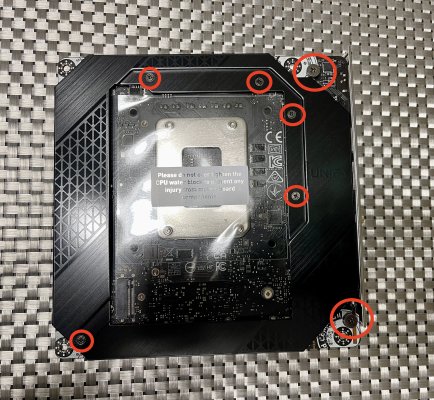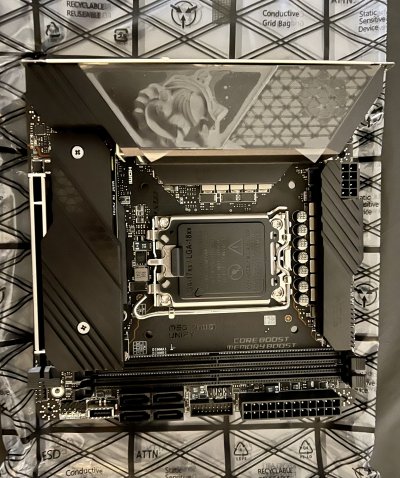- Joined
- Dec 15, 2010
- Messages
- 679
- Motherboard
- Asus ProArt Z690 Creator WiF
- CPU
- i9-12900K
- Graphics
- RX 6900 XT
- Mac
Hello all.
If there is anyone interested, I'm going to give this 5600MT/s 64Gb DDR5 kit a try. It is on the approved list from Asus for the ProArt and for $383.99, this looks to be a very good price. I'll report back my experience after I receive it.

 shop.kingston.com
shop.kingston.com

If there is anyone interested, I'm going to give this 5600MT/s 64Gb DDR5 kit a try. It is on the approved list from Asus for the ProArt and for $383.99, this looks to be a very good price. I'll report back my experience after I receive it.

Kingston FURY DDR5 XMP Desktop Memory | Boost Your Gaming PC – Kingston Technology
Upgrade your gaming, video editing, and rendering experience with Kingston FURY DDR5 XMP Desktop Memory. Get a cost-effective performance boost for your desktop PC with speeds of up to 6000MT/s. Unlock the full potential of DDR5 technology and take your gaming to new heights. Shop now at...




